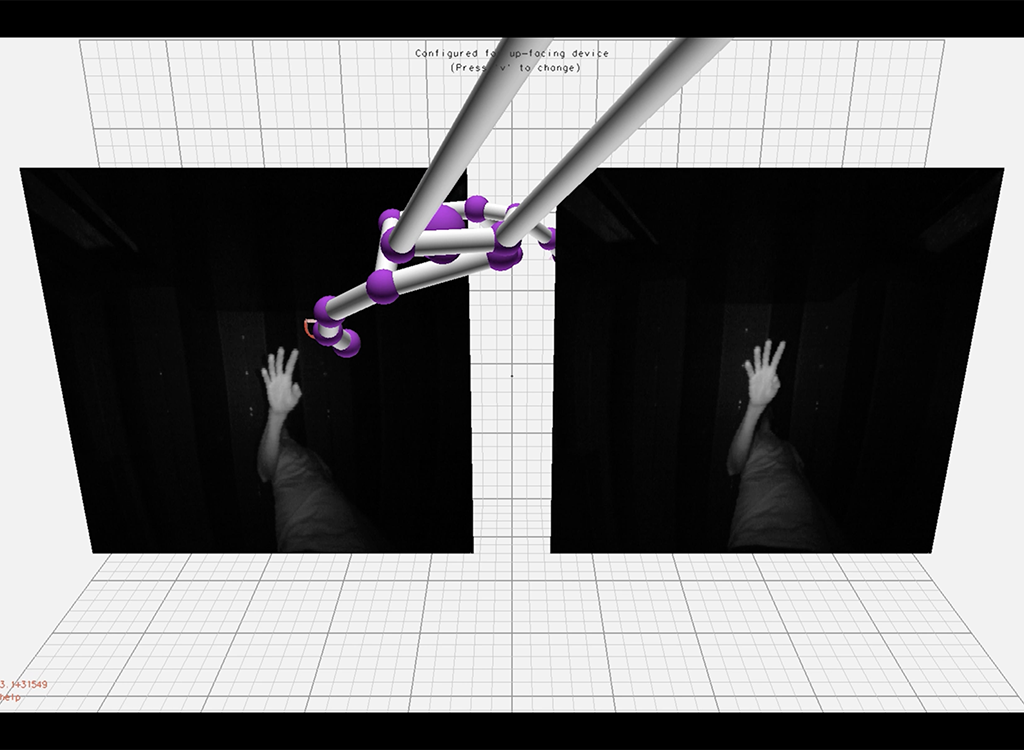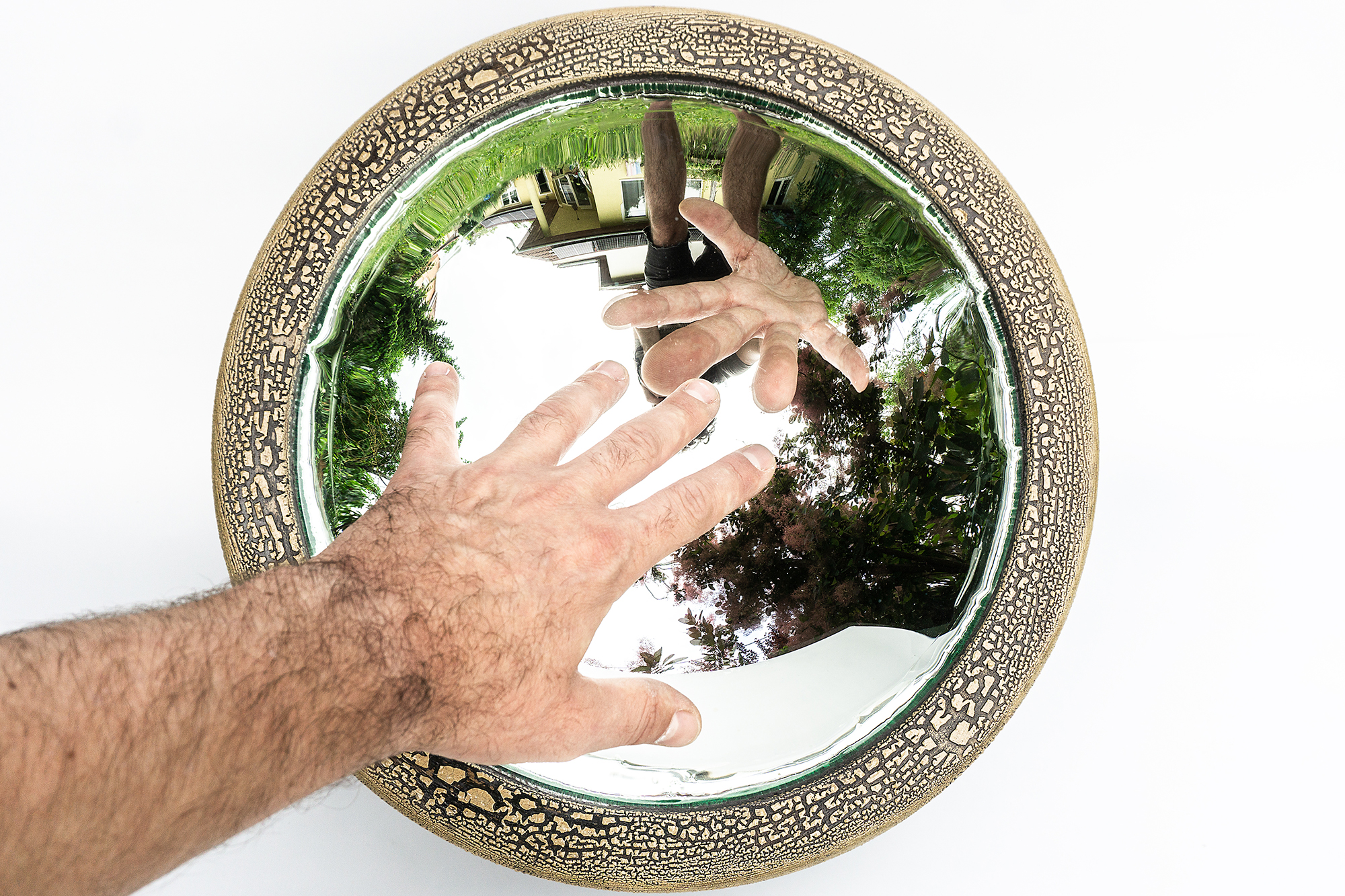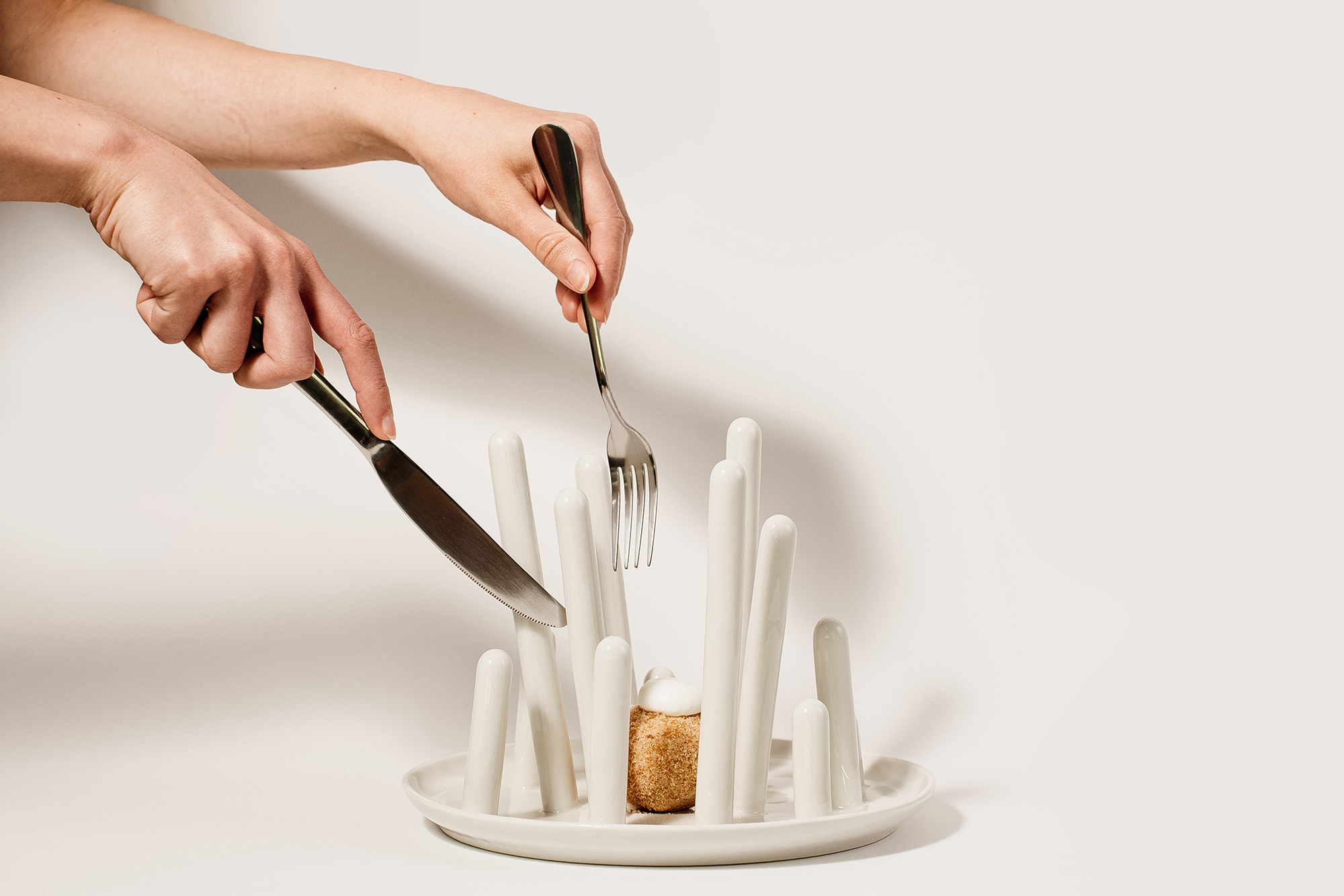

Beyond buzzwords – Prototype variations for interaction design
“We are looking for a mindset, not just technical skills” was the reply given in a previous interview to the question what type of applicants are wanted for the Interaction Design programme of Moholy-Nagy University of Art and Design. Applicants went on to become students and developed several prototypes over the past year. We have dug deep to ultimately bring you the highlights of the Expressive Interactions course to give a more nuanced look into how trendy buzzwords such as virtual reality, interaction, and inclusivity can be translated into reality.
Virtual reality, real life therapy
Máté Barkóczi, Borbála Hegyi
Picture yourself recovering from a bicycle accident that fractured your arm. Your physician recommended physiotherapy to help rehabilitate, but daily physio feels dreary and exhausting. Plus you would also need help. The project is targeted at supporting successful hand rehabilitation in this context. The concept envisions the rehabilitation process as a videogame-like experience, putting users in interaction with various three-dimensional objects.
Hand-based, expressive interactions refer to the use of hand gestures, movements, and expressions to convey meaning and emotions. These interactions can take many forms, such as using hand gestures to communicate with others, using hands to create art or music, or using hand movements to express emotions. In general, hand-based, expressive interactions involve using the hands as a tool for communication and self-expression. These interactions can be an important part of many different activities, including social interactions, artistic endeavors, and sports and physical activities.
The faces of emotions
Biki Viktória, Tanya Tarenkova
Communication about feelings is essential to maintain a well-adjusted and healthy mental state. Emoti Balls is a great way to teach children at a very young age to take note of and observe their emotions, and not to be afraid to talk about their emotional state and feelings. The concept includes a set of 6 figures ranging from angry to happy that kids can choose from to express their current mood.
Interactive book
Jana Friedriechsen, Patrícia Koroknai, Tamara Valentina Süle
Jana, Patrícia and Tamara wanted to create a Braille counting book using Braille as well as conductive paint to help children learn to count through a fun and interactive experience. The Braille counting book was designed for blind or visually impaired children, as well as seeing children who would like to learn Braille and to count.
// /
The projects were created at the Interaction Design MA programme of the of Moholy-Nagy University of Art and Design, the supervisor was Ágoston Nagy.


